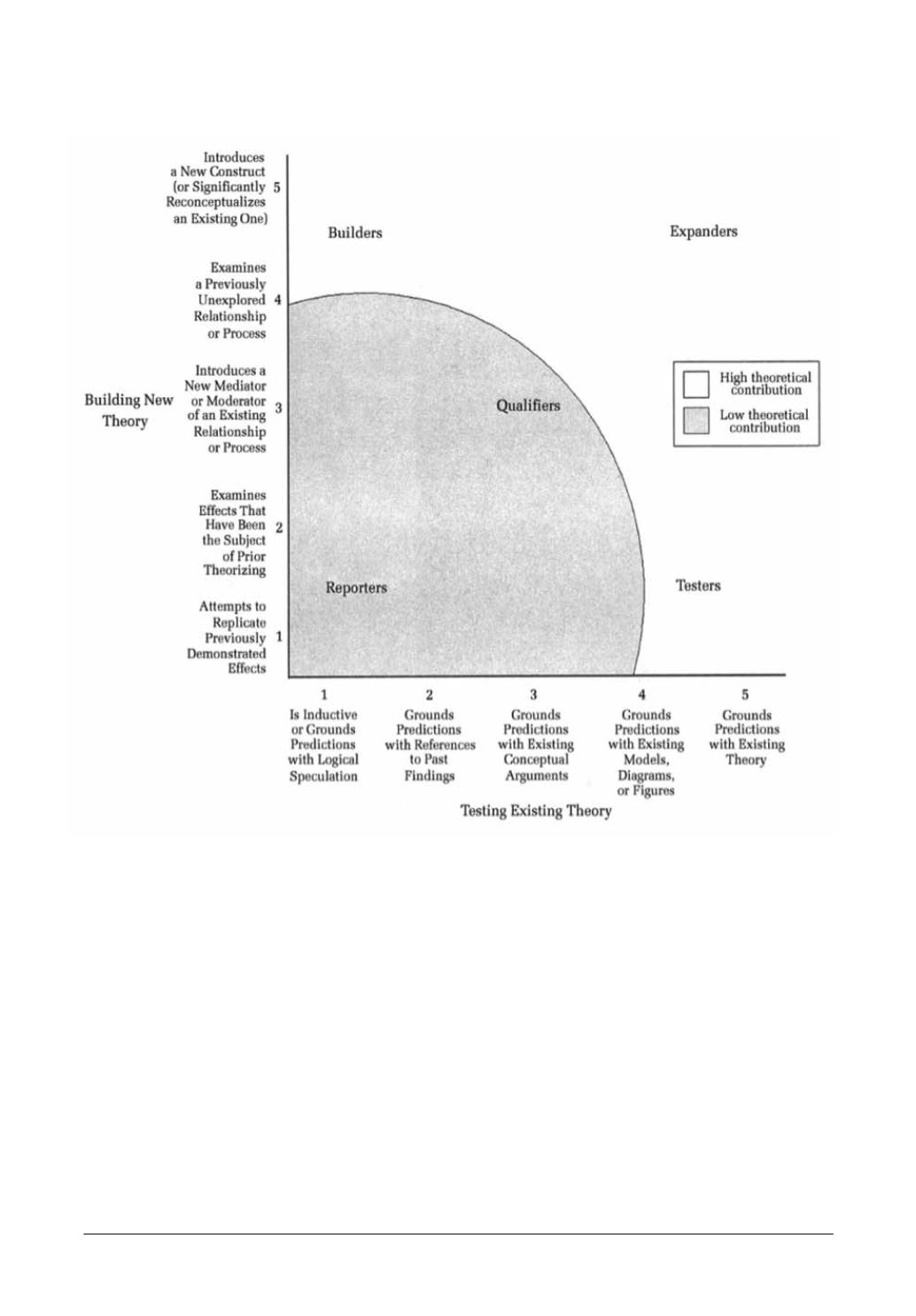

Ahmed Ali Mohammad
17
SBE, Vol.20, No.1, 2017
ISSN 1818-1228
©Copyright 2017/College of Business and Economics,
Qatar University
of accounting also identified that the routine
regulating mechanism of accounting needs
radical restructuring-more than updating the
measurement techniques (Howell, 2008). The
dysfunctionality of these components was the
key problem against accounting for knowledge
initiatives. Thereafter, these transactional
components have been analyzed and matched
with necessities of knowledge management
to examine the theoretical and practical
validity of these components. The second
step has investigated the whole side effects
of all the above problems especially the gap
between accounting and market capitalization.
Thereafter, the radical research methodology
of this paper has been designed as more widely
accepted approach to structure a newaccounting
theory against knowledge management. The
typology of the research methods has been
designed carefully to integrate all the literature
trends whether in accounting, business or
knowledge management. The practical
solutions developed identify the criteria for
solving these lacks and paradoxes that need
to be reported. The knowledge management‘s
literatures determines the format of the
information required, its nature, its scope, and
the accounting rules that need to be applied
.
The proposed format of financial statements
may help to draw a milestone in the way of
Figure-2: A Taxonomy of the Theoretical Conceptualization
(Source: Colquitt and Zapata-Phelan, 2007)


















